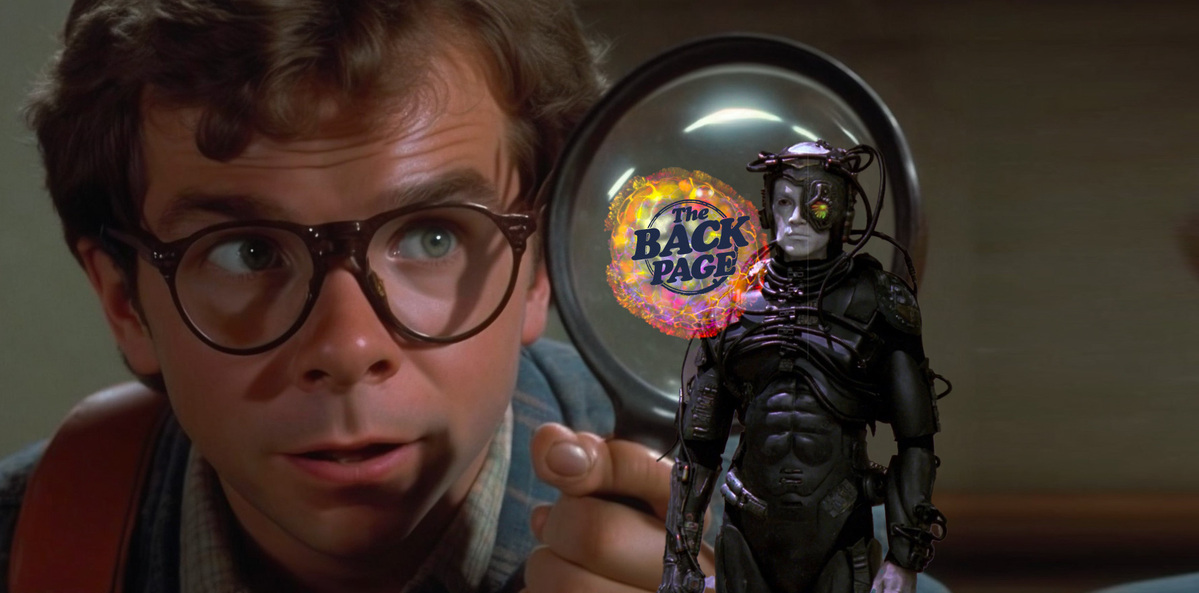Hairy trachea cells sing new possibilities for neural repair.
It doesn’t take much to damage a brain cell. Many of us will be doing a hearty job of it over the champagne-laden silly season.
Good news, then, that miniature biological robots have been found to cluster around and heal damaged neural cells.
The discovery happened, as many things do, in a petri dish, at Tufts University and Harvard University. The research, published last week in Advanced Science, showed how human tracheal cells were used to create self-assembling, multicelluar robots that could stimulate wounded human neurons to regrow.
Dubbed “arthrobots’ the tracheal conglomerates ranged in size from the point of a pencil down to the width of a hair. They were placed on a 2D layer of human neurons that had been scratched with a metal rod. Within 72 hours a bridge or “mechanical stitch” had been formed. The arthrobots encouraged the native neural tissue to regrow. A similarly scratched neuron layer, with a gel cover instead of arthobots, did not heal itself, suggesting the tracheal cell cluster were responsible.
Dr Michael Levin, study co-lead, said he doesn’t know how the arthrobots foster healing of brain tissue but he’s pretty excited about the potential.
“It is fascinating and completely unexpected that normal patient tracheal cells, without modifying their DNA, can move on their own and encourage neuron growth across a region of damage.”
“We’re now looking at how the healing mechanism works, and asking what else these constructs can do,” he said in a press release. Using the arthrobots in regenerative medicine, clearing arterial plaque, and recognising bacteria and cancer cells may be their next step, Dr Levin said.
Of course this is not a new idea – in the land of science fiction anyway. Star Trek fans know well the Borg Collective. These archetypal bad guys assimilate entire populations into their collective consciousness by injecting nano probes into an organism’s blood stream.
The Borg nano probes are microscopic robots that take over the host’s cells and turn the unfortunate being into a cyborg. Resistance is futile. Mass genocide aside, it’s all part of the Borg’s pursuit for perfection, so we can hardly blame them.
We humans also pursue perfection. Some do it by breeding perfectly cute dogs that can’t breathe properly. Others do it by implying to their teenager that parental approval is based on them coming top 20% of the state. (Bell curve, people – it’s not going to happen without duress.)
Fortunately, the researchers at Tufts and Harvard have made no genetic modifications to the humble trachea cells used in the study. The most they did was to encourage the cells to grow their cilia outwards. This was required so that the cells jiggled in one place rather than wriggling away from the site that required healing.
The outward growth of cilia was done by simply adding water. Normally, these cells would use inward facing cillia to push out mucus from airway tissue. Researchers found that more cilia were encouraged to grow outwards by putting the cells into a less viscose environment.
So, although the research team dub the multicelluar creations “robots” there’s not a skerrick of synthetic technology within them. Yet, the cells still gathered together in an unprecedented way, formed something greater than the sum of their parts, and brought healing to scored grey matter.
Does this mean that at a cellular level we all have the innate drive to connect, collaborate and heal? The ideas could unseat long held assumptions about the rise and rise of the human race
Some anthropologists say that Homo sapiens dominated other hominid species because of our ancient ancestors’ ability to work together to annihilate other species.
Maybe.
But when cells that are designed to push phlegm out of our lungs also form a mob and, without being asked to, heal some ouchy neurons, you’ve got to wonder.
Assemble your story tips around penny@medicalrepublic.com.au.


